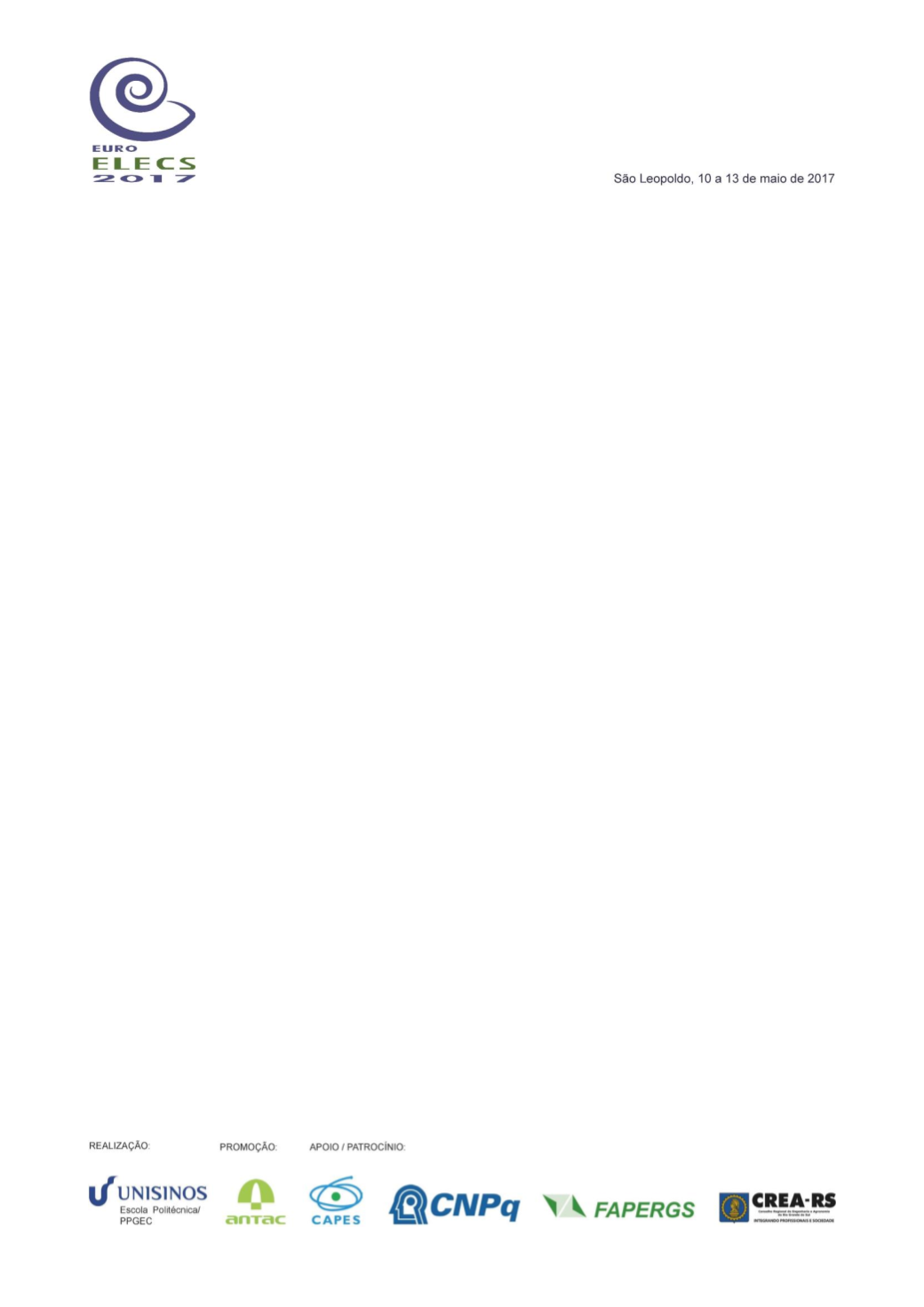

1989
several other places. In many cases, that happened in cities hit by a flood of poor immigrants as
Johannesburg, Taipei, and Moscow, or where there was an excess of richness, as Dubai and Abu
Dhabi, places where astounding mega-urbanization projects arose with the maximum of ostentation,
social injustice and environmental wastage (HARVEY, 2013).
Several national economies came to depend on that circuit: land speculation, “creation” of capitals,
reinvestment in building and so on. However, this is a fragile circuit that may break at any time, once
it relies on a fictitious, artificially sustained prosperity (LÉFÈBVRE, 1968). Recently, the whole world
felt the effects when the American mortgage crisis revealed the weakness of this system and lead
most of the world into an economic recession. Nevertheless, while capitalists do not find another
way of dealing with the problem, the cycle repeats itself, as it is happening now in Brazil.
This kind of urbanization has the cost of promoting a strong process of creative destruction, which
despoils the masses from any right to the city. In a local level, as much as possible to the investor,
the roles that once were public and free are progressively transferred to private spaces. In this sense,
the degradation of public spaces is not merely accidental: they must lose value so that the value of
the private ones increases. Our own way of life is becoming privatized, as we search for leisure and
satisfaction in places and artifacts that need to be paid, instead of in activities that the public could
offer. Not only is the space exploited: the global strategy aligns so that there is “a refined exploitation
of people, at the same time as producers, as product consumers, as space consumers” (LÉFÈBVRE,
1968).
All this process generate urban areas more and more split and prone to conflicts, in the measure
that economic inequality increases. In the last thirty years, the wealth concentration is returning to
the levels before the Great Wars (PIKETTY, 2013). In a global scale, it grows the number of
billionaires as the poor income stagnates or decreases. The consequences are recorded in our cities
spaces, which more and more consist in fortified enclaves, closed condoms and privatized public
spaces kept under constant surveillance (HARVEY, 2013).
3. SOCIOLOGICAL ASPECTS
Léfèbvre (1968) defends that urban life implies in encounters, confrontation of differences,
knowledge and reciprocal acknowledgments (including the ideological and political fields) of the
ways of living, of the “patterns” that coexist in the city. In the same principle, the German sociologist
Georg Simmel advocates that personal growth can only be fulfilled in an urban society, “because
culture exists only if the man brings top his development something that is external to him”
(THOMPSON, 2007). Simmel proposes that individuality develops as result of the involvement in
ever larger groups, once their natural and healthy tendency is to find out things they have in common
and form productive connections among them. “As long our social circles increase, the same
happens to our chances of developing distinction, the one which is unique, the sufficiency of our
inner lives”. The implication is clear: since we develop as individuals the more we relate to other
people, the best environment for this process is a big and intricate society (THOMPSON, 2007).
Several ideas and revolutions could only start and spread thanks to this urban life. Léfèbvre (1968)
argues even that great part of the urban interventions in the last centuries was purposely planned
(even if unconsciously) to stop these movements. The first great act in this way would have been
the reurbanization of Paris by Haussmann, that later became a model for many other cities. In spite
of several innovations and benefits, especially hygienic, its outcome was the eviction of the
proletariat from the city center and its scattering over more distant neighborhoods. Also in design
elements as the new, long, orderly and imposing avenues, the power of State over daily life was
manifested (LÉFÈBVRE, 1968).


















